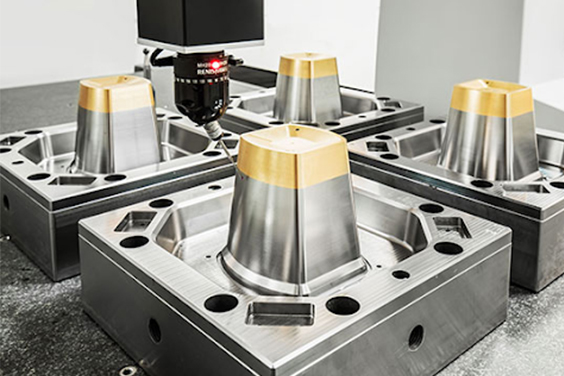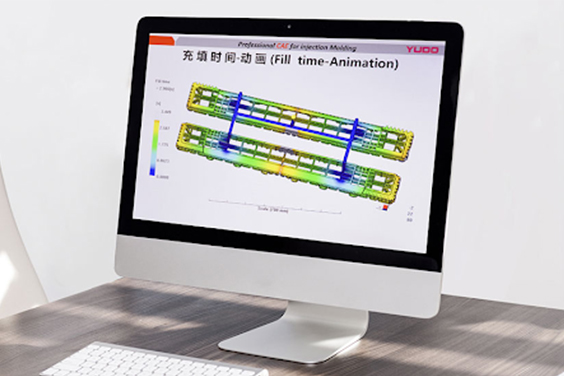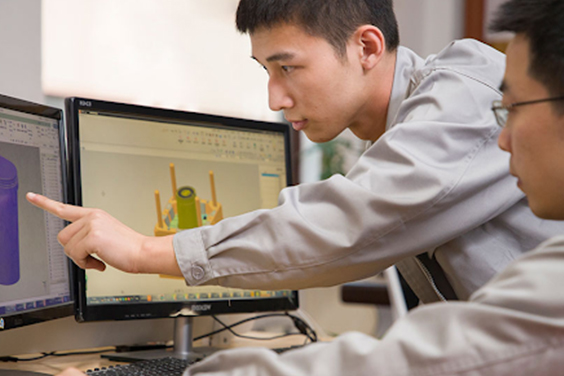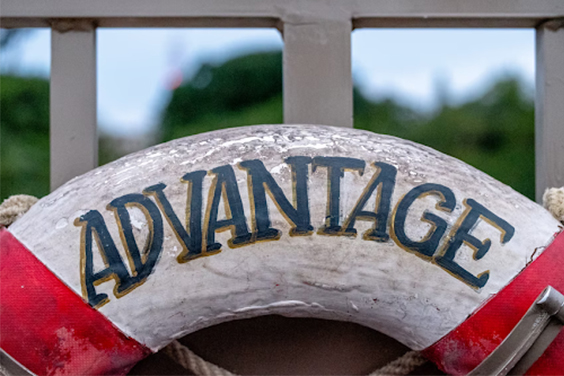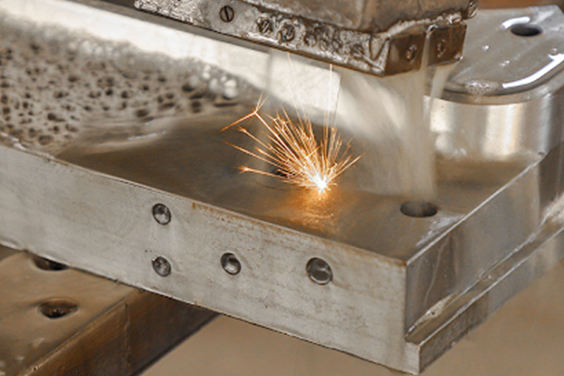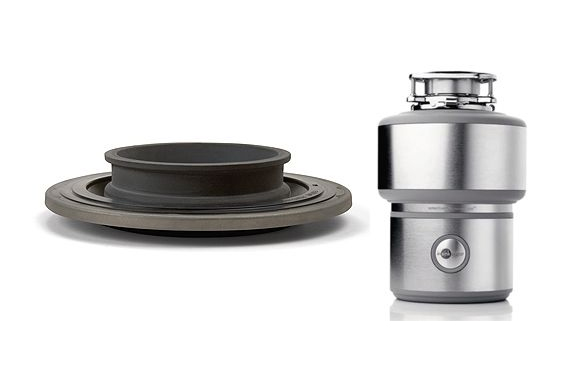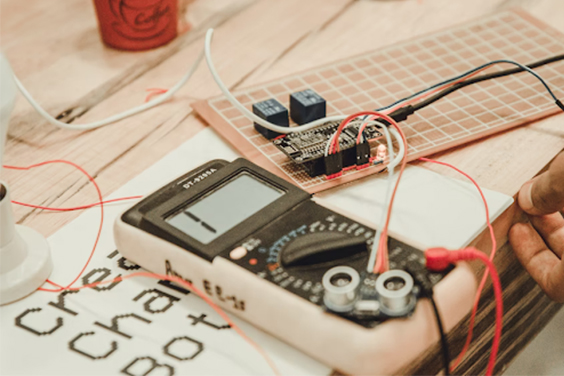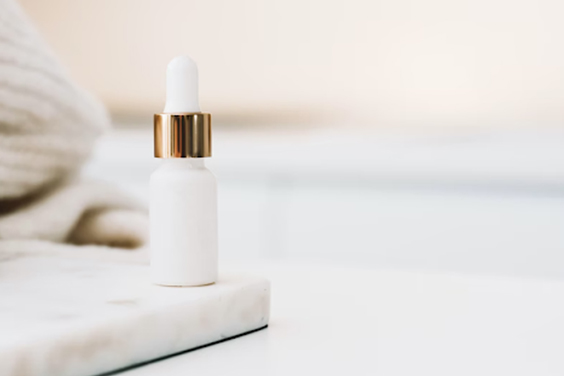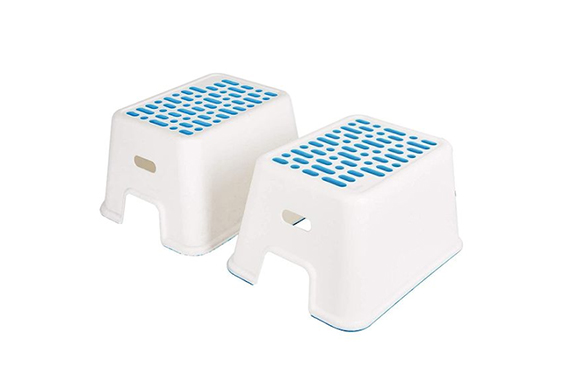Insert Moulding vs Overmoulding
- Home
- > Blog
- > Insert Moulding vs Overmoulding
Share :
Share :
Overmolding and insert moulding are frequently misunderstood. Both procedures are kinds of injection moulding and are used to make fundamentally comparable objects, thus it’s understandable. However, if you look closer, you’ll notice that insert moulding and overmoulding are actually fairly different, and each has its own set of benefits.
Overmolding and insert moulding provide a lot of advantages, from embedded electronics to making daily equipment easier to hold, but you’ll only be able to make use of them if you know what makes these production techniques different.
In this post, we are going to look at the key differences between insert moulding and overmoulding, to give you a better perspective of things. Let’s get into it!
Insert Moulding
What is Insert Moulding?
Insert moulding is the method of creating a single unit by overmoulding a preformed object (usually metal) with a hot thermoplastic resin. Moulding inserts can be as basic as rods, thread, or a knife blade, or they can be as sophisticated as a knife blade.
Many conditions necessitate the use of such production technologies to reinforce the mechanical qualities of plastic parts.
Insert moulding is primarily used to produce a durable and dependable moulded product with a little financial and time commitment. This method aids in the reduction of assembly and labour expenses. It also helps manufacturers to leverage greater design flexibility sans compromising the part’s structural integrity. It is one of the best and least expensive technologies for producing lightweight and compact components that are reliable, robust, and fully functioning because of the lower labour cost and great quality assurance.
To ensure that the final plastic pieces are appropriately moulded, the plastic moulding procedure necessitates extreme precision. A minor misalignment might totally derail the product, necessitating stringent quality control processes. In fact, the injection moulding procedure is inextricably linked to the machine-mould tooling interaction. There is high-precision machinery that can handle even the most stringent accuracy and reliability needs that only insert moulding can handle.
Insert Moulding's Advantages and Drawbacks
Insert moulding, like overmoulding, is used to manufacture sturdy components that don’t need assembly, but insert moulding permits you to employ a wider range of resources. You can, for instance, put computer chips or wires in a plastic case to safeguard them. The ability to make plastic housings (that can be disinfected) for life-saving medical gadgets and implants may be the most astounding advantage of insert moulding.
Nonetheless, insert moulding has the same constraints as overmoulding. If you don’t use a 3D printer for testing sessions, prototyping can be difficult. The substrate should often be suspended within the mould in order to make the final result, hence tooling must be quite exact.
Overmoulding
What is overmoulding?
Overmoulding is a two-shot insert moulding technique in which a plastic layer is moulded around and over a formerly moulded item. A single element, an enclosed piece, accounts for a unique finished item as a result of this procedure.
Injection moulding, which is the most prevalent procedure for overmoulding, is used to mix at least two substances to make one item part or design. The double injection moulding procedure is what it’s known as. Some 3D printing technologies have lately been utilized to overmould items made of two or more materials. Substrate is a term used to describe one type of substance. The overmoulded substance is either partly or completely covered by a second substance or materials. The substrate can be made of almost any material, including metal, plastic, and glass.
Rubber or thermoplastic is frequently used as an overmoulded substance. Overmoulding is a double injection moulding procedure that frequently outcomes in a chemically bonded element or mechanical interlocking of the components.
This method profits from overmoulding in various ways. One of the advantages is that it can remove secondary activities when making parts, lowering production expenses. It’s frequently utilized to give an item a particular touch, such as smoothing edges, providing it with a more pleasing feel, or giving people a hard but soft grip. In simple words, the overmoulding or double injection moulding procedure works in this way.
Overmoulding's Advantages and Drawbacks
Overmoulding has numerous advantages. It’s incredibly simple to make goods using numerous materials and/or colours. In comparison to alternative production techniques where a part would require to be switched to a whole separate mould or machine, overmoulding requires fewer man-hours (and consequently costs less). Since parts are made directly on top of one another, overmoulding eliminates the necessity for product assembly, resulting in a robust, more resilient overall design.
For big manufacturing runs and/or items with colourful and multi-layered layouts, overmoulding is frequently the optimum production process, but there are a few drawbacks to be mindful of. Overmoulding, like injection moulding, has high initial expenditures. Metal gear is time-consuming and costly to build and alter, and two-shot injection moulding machines are difficult to set up. To share these expenses, you’ll need to make a huge number of components.
Essential Things to Keep in Mind When Using Moulding Inserts
Because not all parts are suitable, the inserts necessitate special consideration and must be able to resist the production procedure. This implies that they must meet stringent temperature and pressure resistance criteria.
Because the geometry of the moulding inserts is so crucial, competent insert moulding should not change the structure or shape of the insert in any way. First and foremost, producers should investigate methods for holding and locating these inserts during the moulding procedure. Second, in order to provide higher retention resistance with the moulded plastic, the insert must feature undercuts or bosses.
The Main Distinction Between Insert Moulding and Overmoulding
Overmoulding differs from injection moulding in terms of the number of processes required to produce the desired result, as well as the final product. Overmoulding is a two-shot injection moulding procedure, whereas insert moulding is usually a single shot. Overmolding (a double injection moulding method) produces products with an extended life span and often keep good security features.
1. Two-Shot Moulding
The two-shot injection moulding method, also known as double injection moulding, is a complicated production technique that requires the use of two different materials to create a moulded item. Two-shot moulding (also known as double injection moulding) is a type of insert moulding that delicately manipulates the moulding insert.
Two-shot moulding is an efficient, progressive, and inventive producing technology used by companies to build complex features, generally from two unique (usually polymer) substances, that are much too sophisticated and unprofitable to manufacture using traditional moulding procedures.
This production procedure is usually carried out on equipment that was designed and built specifically to perform a double injection in a single cycle. In the first phase, a single type of plastic is injected into a mould. The machine turns the plastic mould automatically after this insert moulding procedure is completed before injecting the next type of plastic into the mould.
By maximizing the co-polymerization of the two substrates, two-shot plastic moulding provides a strong molecular link. The primary benefit of insert moulding as a double injection moulding method is the capacity to make moulded units from two dissimilar types of materials in one procedure.
Overmoulding and Insert Moulding Applications
Overmoulding and insert moulding are used by producers to create items for a variety of sectors. Here are some categories of items that are commonly produced using one or more of these methods:
1. Automobile Sector
Insert moulding is often used to make electrical sensors, clutches, bolts, and other automobile components that are made of a mixture of metal and plastic or rubber. Solid two-tone interior elements, such as doorway and dashboards, handles, grips, and different controls, are made with overmoulding. Insert moulding is a technique that certain motors and batteries have been through.
2. Medical Sector
Since plastics are simpler to sanitize than electronics and communication parts, the medical sector relies largely on insert moulded and overmoulded elements. Defibrillators, medical wires, and wiring are frequently enclosed in plastic via insert moulding to preserve the delicate inside elements while also making the finalized device simpler to clean.
Insert moulding is often used to construct medical equipment that is intended to be placed inside the body, such as implantable devices. Insert moulding is also used in the production of a range of internal imaging camera gear, such as those used to perform endoscopies and colonoscopies.
3. Electrical Sector
Insert using a rubber casing into electrical cables makes them safer and, in certain situations, waterproof. To make goods like smartphones and computer adapters safer for users, producers commonly wrap electrical components in rubber. Multiple wires are often enclosed in a single sheet of rubber, while other times, wires are divided and distinguished using different colours, such as blue and red.
4. Beauty Sector
To make cosmetics containers more appealing, overmoulding and insert moulding are commonly employed. Designers can use them to create personalized packaging with different surface colours and textures. Overmoulding and/or insert moulding can be used to construct items like compacts, beauty brushes, and perfume bottles.
5. Goods for Consumers
If you look around your house, you’ll probably find a few plastic products that are one solid piece composed of several colours. You can bet that overmoulding was used in the production of many of those items. Everything from bowling pins and children’s game components to storage bins and plastic pouches is made using this renowned production technique.
Overmoulding and/or insert moulding are often used to make toothbrushes, cell phone covers, and memory sticks. Step stools and patio chairs are examples of two-tone plastic furniture made with overmoulding. Overmoulding and insert moulding are frequently used in the fabrication of plastic housing for GPS units and navigational gadgets.
Conclusion
Ultimately, as a methodology, insert moulding and overmoulding designs are great forms of mouldings. It enables you to work with a wide range of materials and construct complex element models.
Furthermore, Immould is well-equipped to handle any sort of moulding. Our qualified personnel have undergone extensive training in order to provide the highest quality insert moulding goods. Please contact us and we would be happy to fulfil your design items and provide the finest quality possible.

